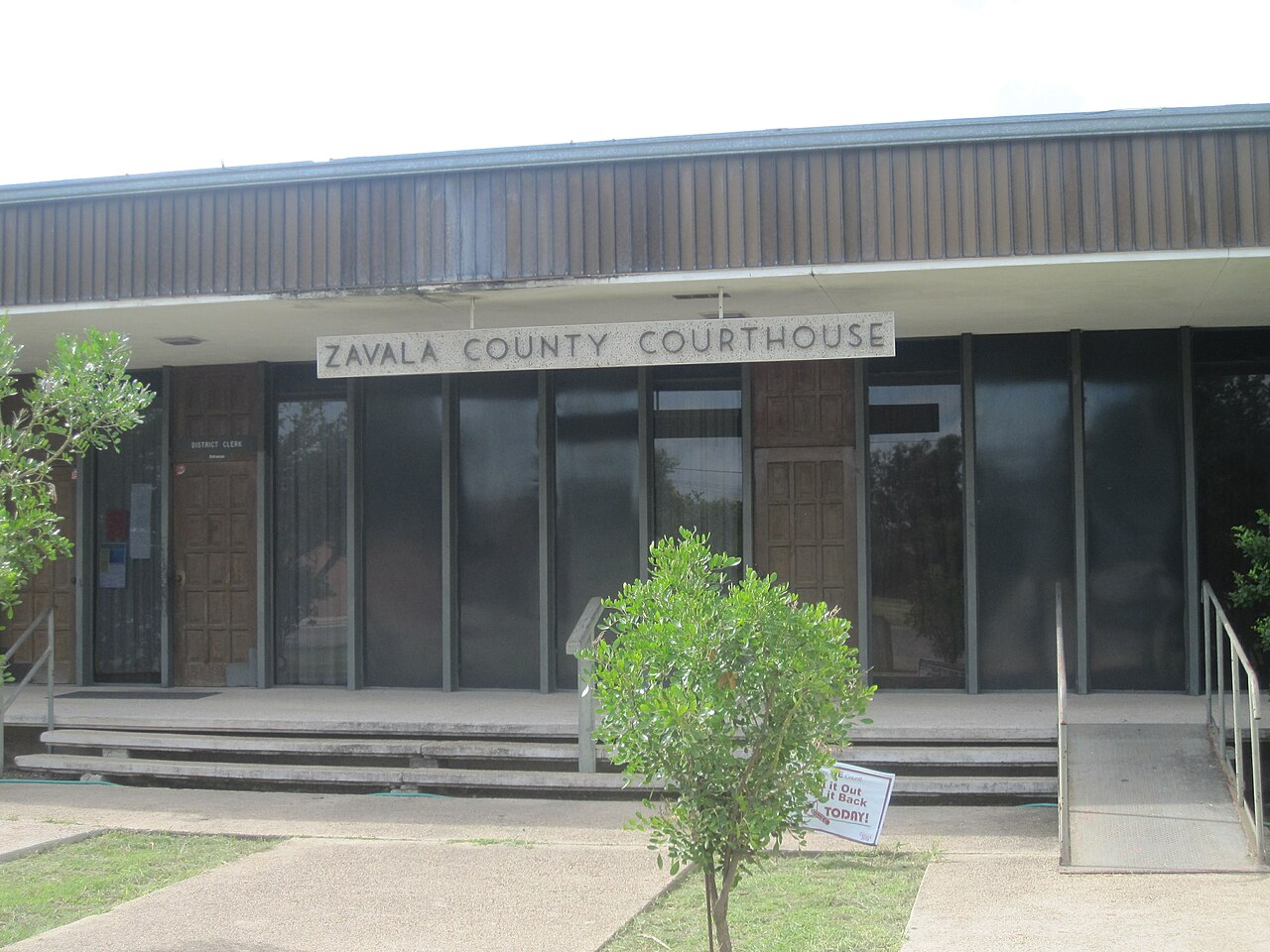Texas is a community property state which means that the marital property is divided equally between the spouses in the event of a divorce. However, this is not necessarily true as the division of property is based on the “just & right” principle which gives the presiding judge the authority to divide the community assets in any other ratio taking into account various relevant factors.
It’s important here to make a clear distinction between community property and separate property. Community property refers to the assets & liabilities that were created during the course of marriage; whereas, separate property is any property that spouses held before they got married which also include any assets they acquired during the marriage through gifts or inheritance. It is not uncommon in Texas to find a spouse receiving more than half of the community property depending upon the fulfillment of certain criteria.
As mentioned earlier, while dividing community property there are some factors that a judge takes into consideration to deliver a “just & right” division. These factors include: spouse who’s responsible for the break-up of marriage, monthly income of spouses & difference therein, education of spouses, age of spouses and of children if any, health issues, value of separate property owned by either party, any special needs of children and/or of spouses, etc.
Both parties are required by the Texas Law to submit an inventory to the court which lists all the assets owned by the spouses as community & separate property with their true valuation, as well as all the liabilities that are needed to be honored. Sometimes, community property may become separate property or vise-versa through series of transactions and these documents are also needed to be submitted to the court.
About the Author
Michael Busby Jr. is a divorce & family law attorney, who practices in Harris and Fort Bend Counties, Texas. He has been in practice for over 14 years and has tried over 300 cases. He is familiar with the policy and procedures of the Harris and Fort Bend County Texas family law courts. Our office is open until 8:30 p.m. on Wednesdays and Saturday from 9 a.m. to 1 p.m. for working folks. Michael Busby Jr. 6100 Corporate Dr Ste 190 Houston, Texas 77036 (713) 974-1151 Visit me on the web at www.busby-lee.com
[paypal-donation]













